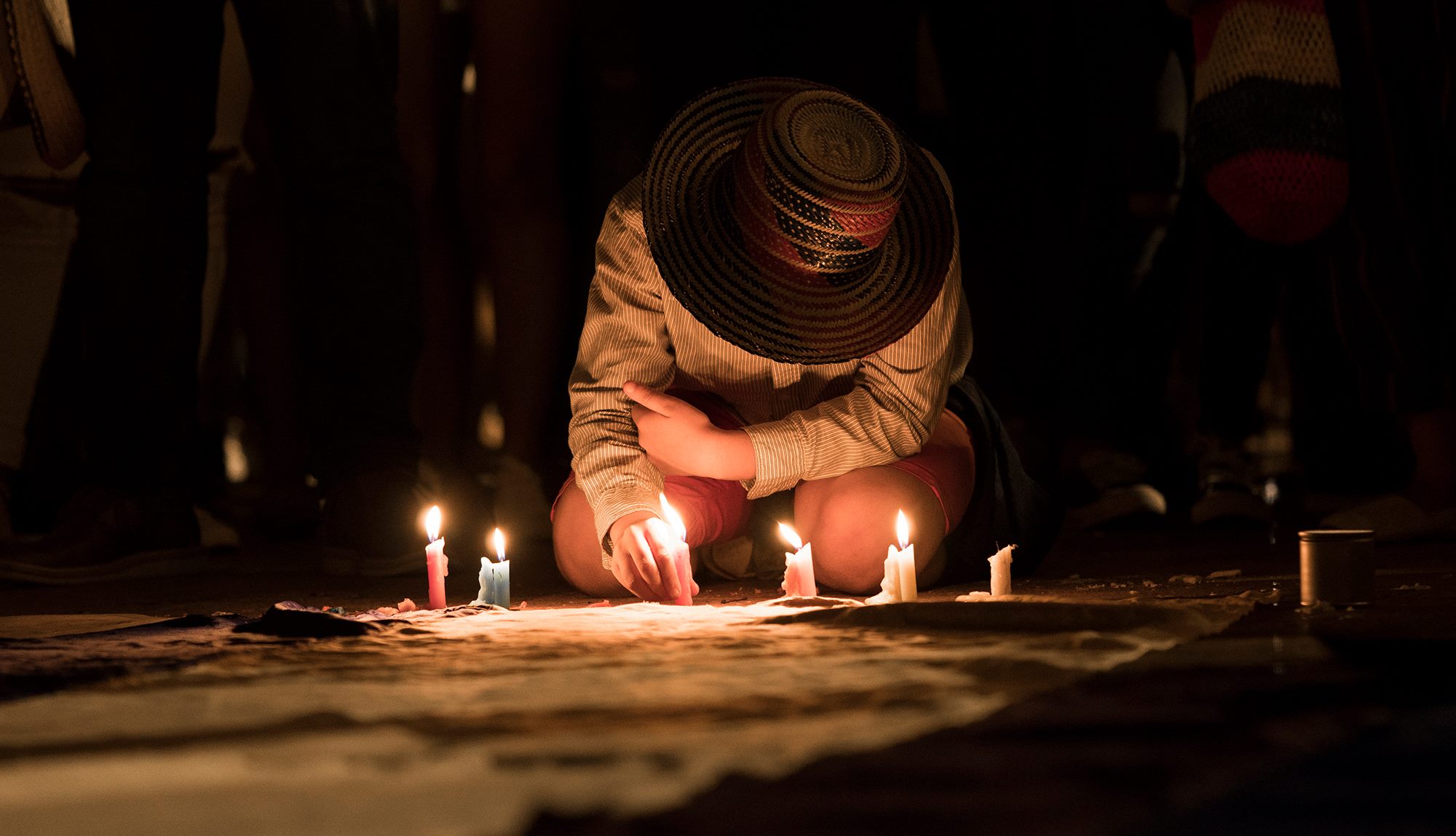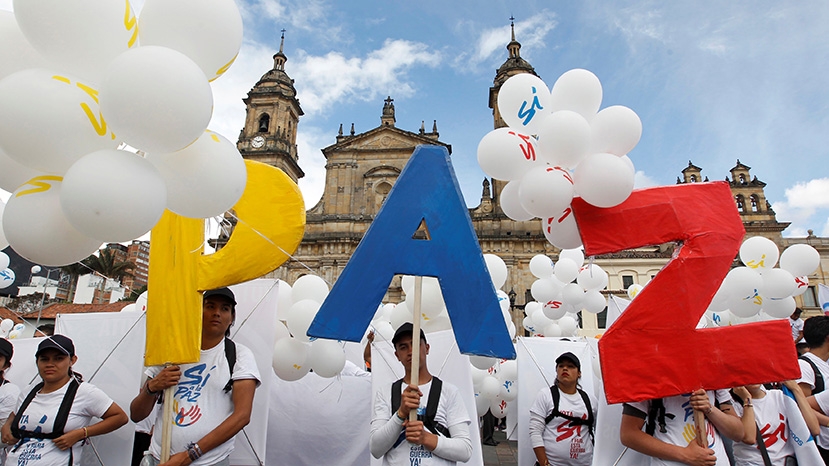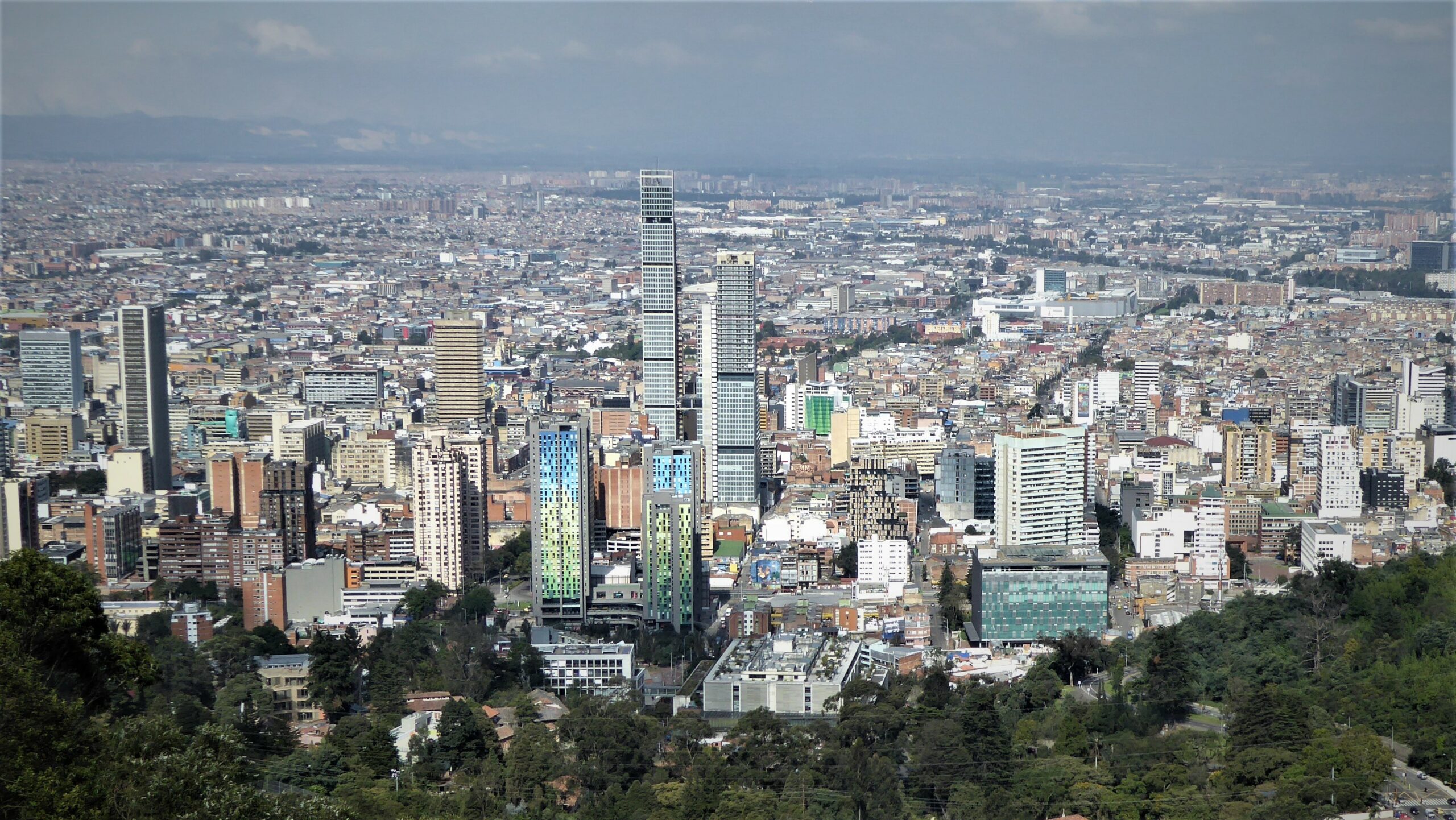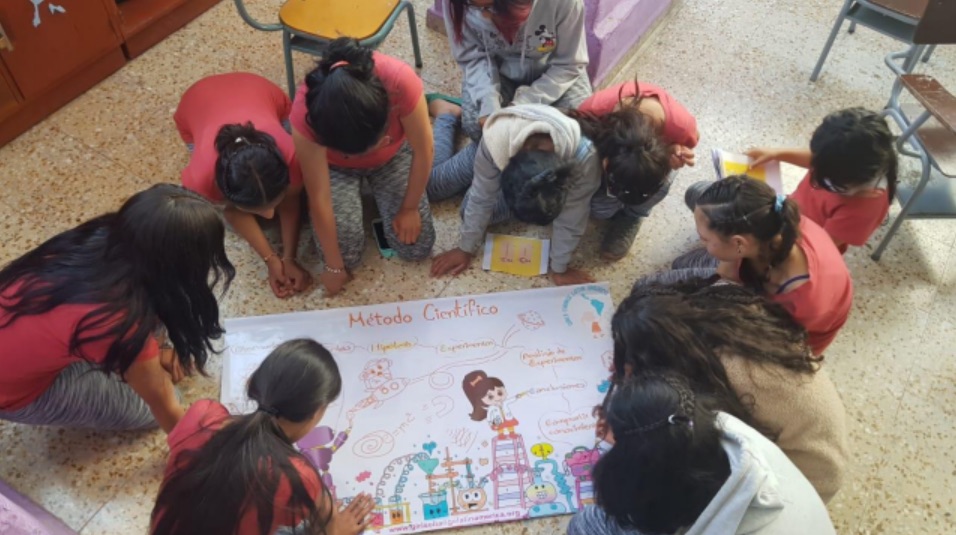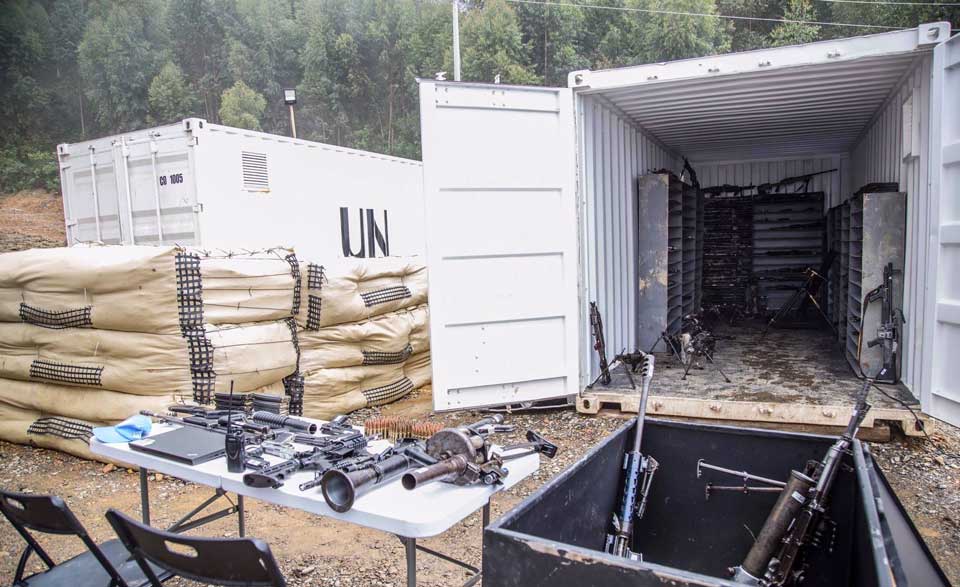
Disarmament is the first of many challenges on the road to integration. Photo: MisiónONUCol
Concerns arise over what happens to former members after FARC disarmament as they are reintegrated into civilian life.
The over 7,000 weapons collected by the UN monitoring mission are being removed from the 26 transitional zones, and demobilised FARC members are preparing for new lives as civilians. Some basic steps have already been taken in the disarmament camps where the rebels were issued their first identity cards and registered with the national health care system.
However, once the camps cease to exist, the challenges will become increasingly complex. Many combatants were minors when they joined the guerrilla and lack basic education or job training. In addition, 77% of FARC members are currently without housing, according to a recently published socioeconomic census carried out by the Universidad Nacional.
Considering that more than half of the guerrilla rebels are from rural areas of the country, it is not surprising that many plan to stay and work on agricultural projects in the zones where they have spent the past eight months. However, with neo-paramilitary violence on the rise, especially in remote areas, threats and other security risks for ex-combatants are to be expected.
A second unarmed mission was approved by the UN security council in July that will oversee and assist with the myriad of challenges in the social, economic and political reintegration of the FARC. In addition, President Juan Manuel Santos has issued a decree to reform the Colombian Reintegration Agency, which will help the government to support the 7,000 FARC rebels as they make their transition to legality. This support may range from educational and professional training to security and psychological assistance. Currently, about 12,000 demobilised individuals from various illegal armed groups are taking part in the governmental reintegration program, and a total of 18,000 have completed it since the agency’s creation in 2011.
If reintegration programs are to be successful, they must create sustainable conditions for alternative livelihoods through education and employment. Moreover, reintegration policies must be tailored to the specific necessities of a post-conflict setting which may vary from region to region. In the case of Colombia, for example, ex-combatants living in the cities may face different obstacles from those who decide to settle down in the rural regions. Given the high number of women and teenage combatants within the FARC, programs also need to be responsive to the gender and youth-distinct effects of armed conflict and violence.
Naturally, implementing such a strategy is easier said than done. Creating employment opportunities in an already competitive job market will be difficult, especially with thousands of demobilised combatants entering it simultaneously. The FARC also face the burden of a strong social stigma that is likely to persist as they begin to receive a temporary stipend and other financial support from the government. Critics often view this type of support as a reward for their criminal activities, creating unfair gaps between economically disadvantaged victims and ex-combatants. Not only will these perceptions affect the FARC’s social reintegration, but also their endeavour to enter the political arena. After all, the insurgency’s imminent transformation into a political party is just as much part of their reintegration process as the social and economic factors.
FARC-leader Timochenko has announced that the new party will be launched on September 1, following a congress at the end of August in which the details of the party’s structure and policies will be hammered out. The proposed name for the new party, “Alternative Force for the Reconciliation in Colombia-Hope of the People”, would allow the FARC-EP to keep its acronym – a somewhat surprising strategy if seen against the background of the guerrilla group’s low approval ratings.
In the end, though, the FARC’s future image will strongly depend on how they manage to overcome the negative effects of receiving governmental reintegration support. The laying down of arms is one positive step in that direction. The media is likely to focus on the conduct of those rebels responsible for grave human rights violations, which means the future transitional justice mechanisms will play a crucial role in influencing public opinion. Accountability measures, such as the trials and confession ceremonies that will be held by the Peace Jurisdiction and Truth Commission, constitute important scenarios for ex-combatants to demonstrate their willingness to comply with the peace deal. As such, victims’ reparations, exhaustive and genuine confessions as well as a high level of transparency regarding their assets should be high on the FARC’s list if they want to be tolerated by Colombia’s polarised society.

